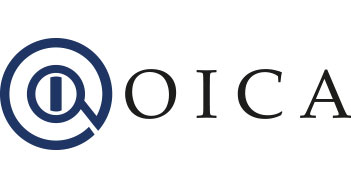NOx Reduction Technologies
Exhaust Gas Recirculation technology is able to reduce diesel nitrogen oxide (NOx) emissions by taking a carefully controlled portion of the inert exhaust gases, cooling it and re-introducing it to the combustion chamber when conditions are right to do so. This reduces the high concentration of Oxygen and the high temperatures in the combustion chamber, both of which are causes of NOx formation.
NOx traps, NOx Adsorbers, or “traps” typically incorporate basic oxides such as barium oxide which reacts with NOx and stores it in the form of Nitrate when an engine is running “lean”. A periodic switch to “rich” operation for one or two seconds (or for Diesels the injection of a small amount of fuel into the exhaust) is enough to reverse the reaction and release the stored NOx so that a conventional three-way catalyst mounted downstream can convert it back to Nitrogen and water.
Reduction of NOx is possible by using Selective Catalytic Reduction (SCR) technology. A SCR system uses an aqueous urea solution known as AdBlue® which, when injected in a specific way into a SCR catalytic converter, is converted into Ammonia. In the subsequent catalytic reduction phase, the Ammonia reacts with the NOX, producing nitrogen and water. This technology is becoming widely used on larger vehicles, which can take the additional AdBlue® tank, but work is continuing to develop systems suitable for smaller diesel vehicles.
